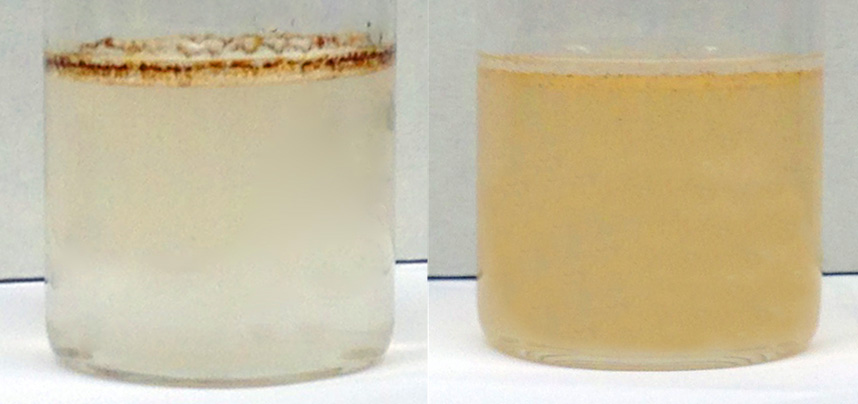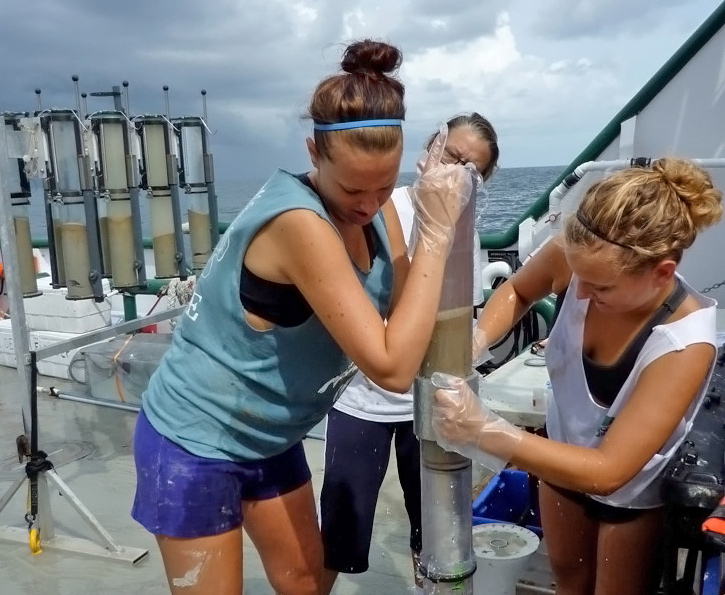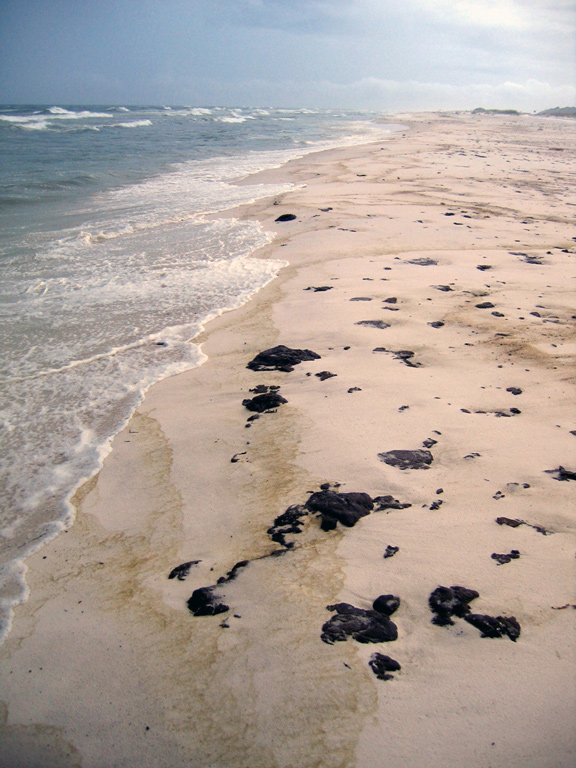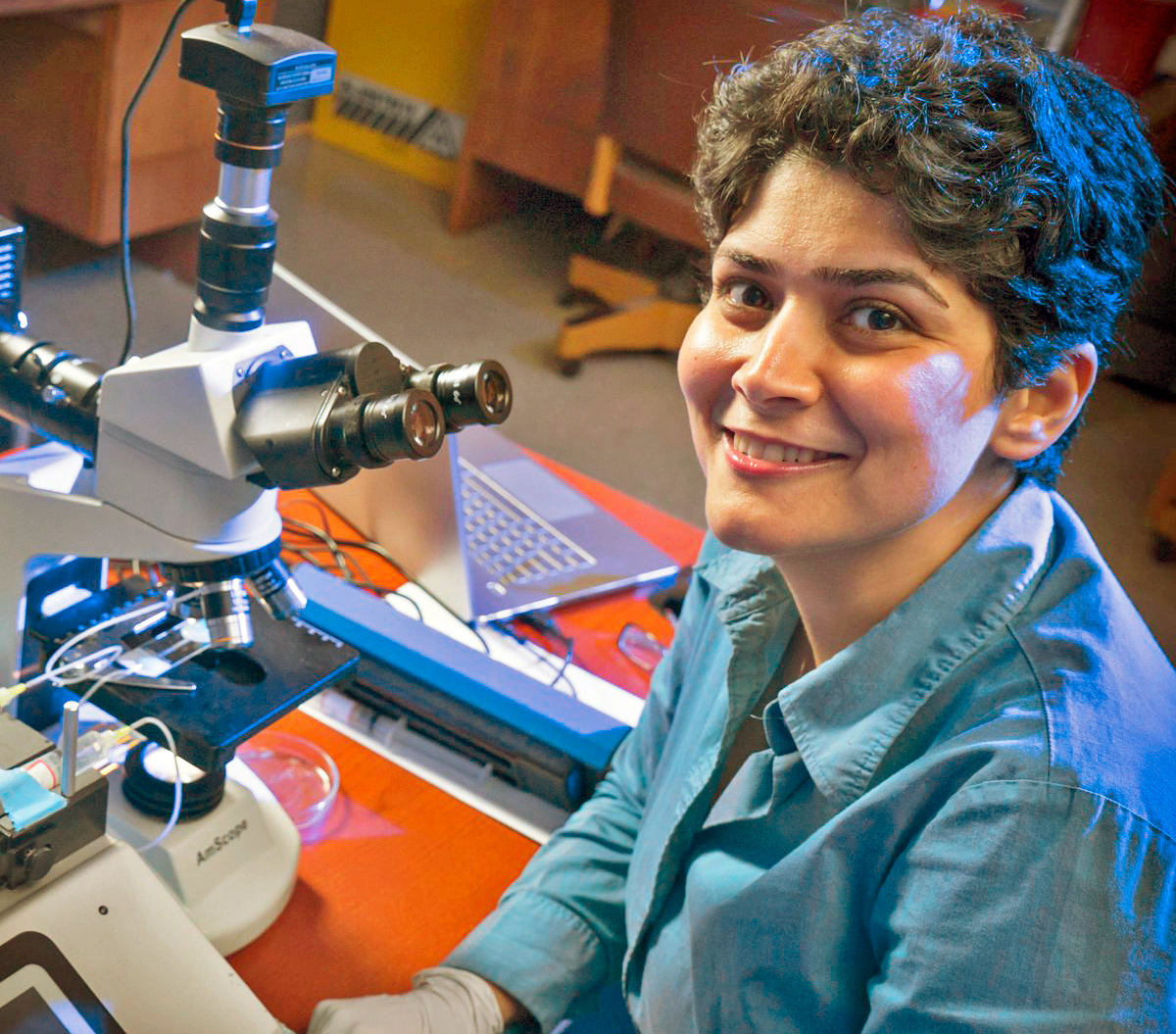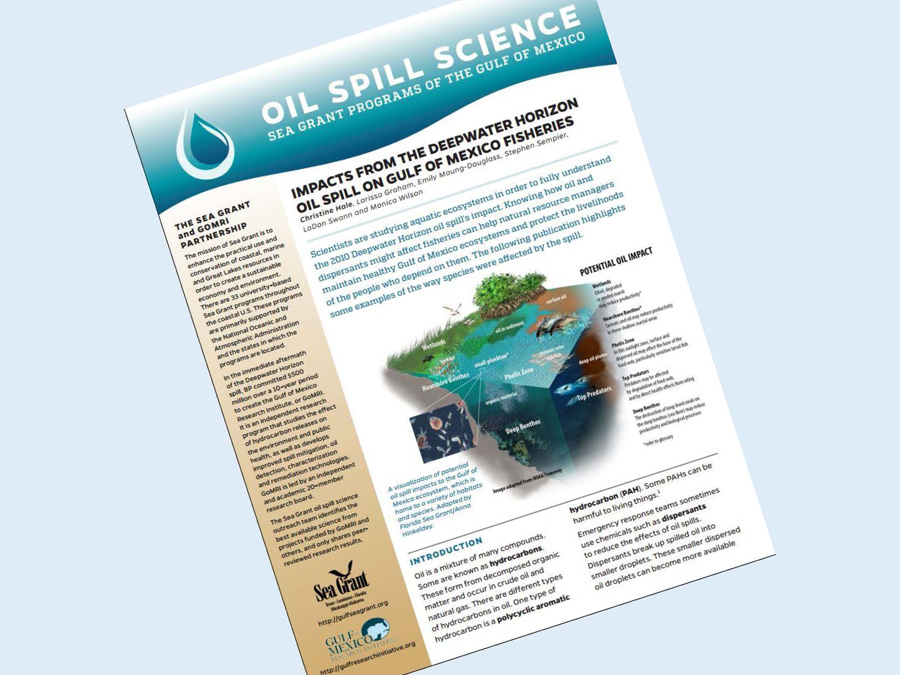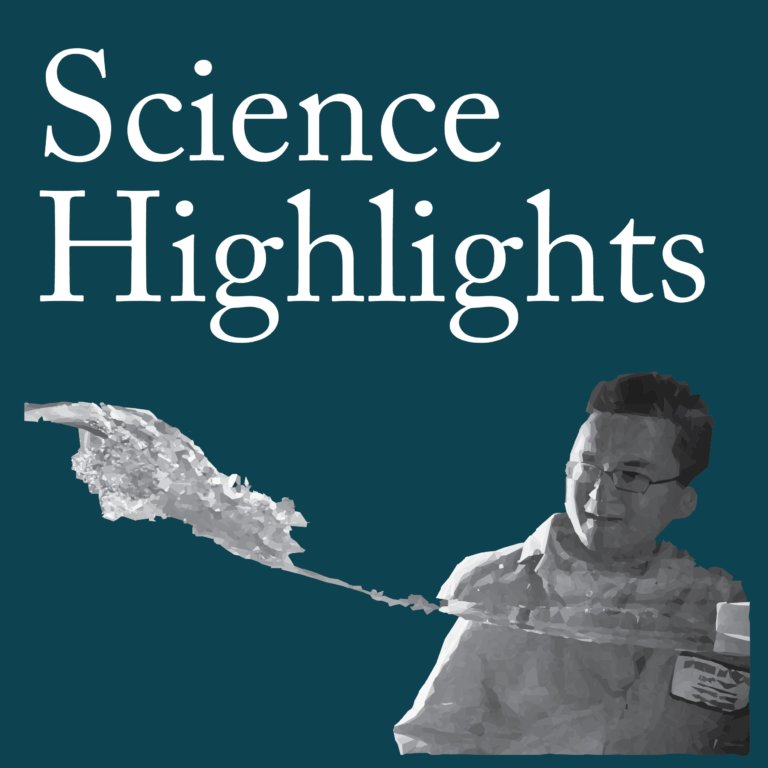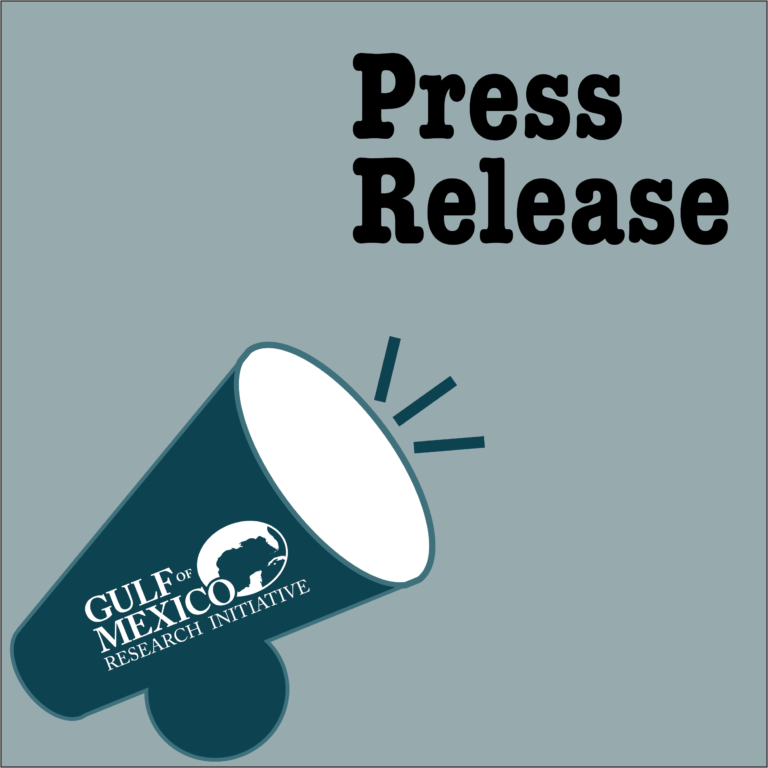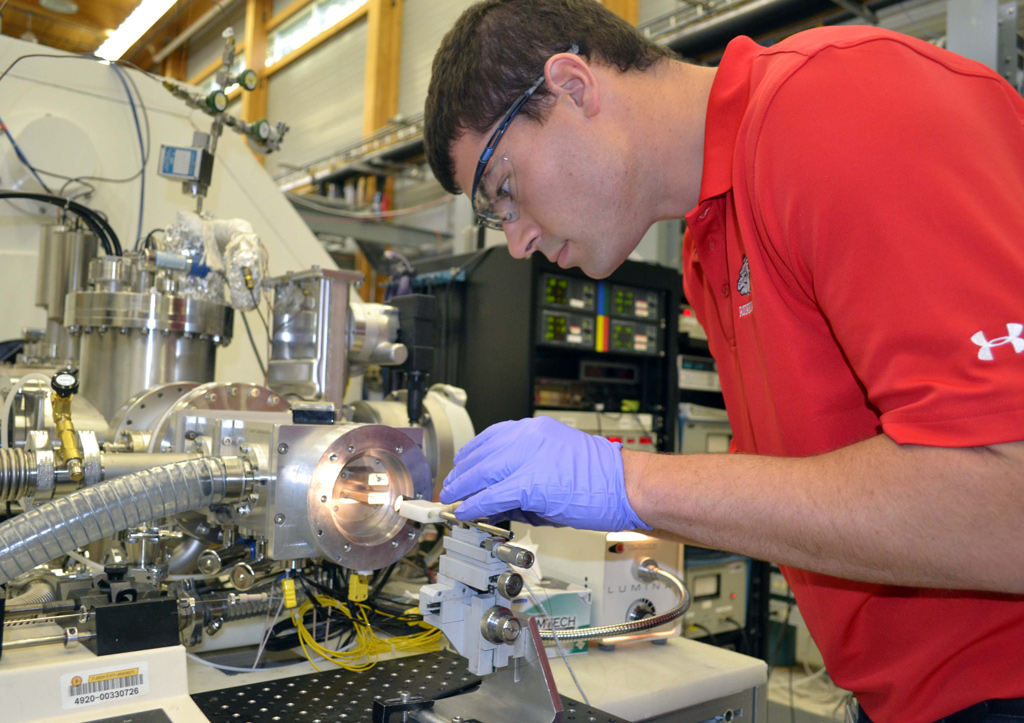Identifying Effective, Food-Grade Dispersants for the Future
Oil spill responders currently have the option to treat oil spills with a synthetic dispersant called Corexit, however scientists continue to search for alternatives. In this search, scientists seek to develop an understanding of the specific mechanisms that drive dispersion and identify an effective combination of food-grade components.
Details
